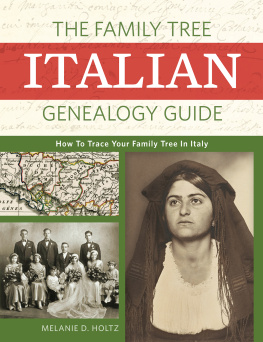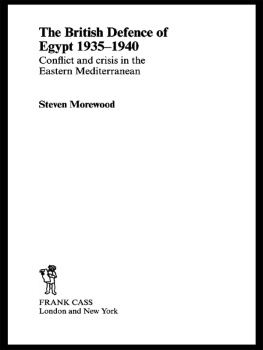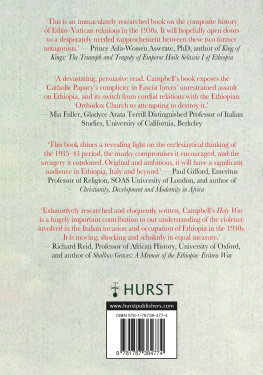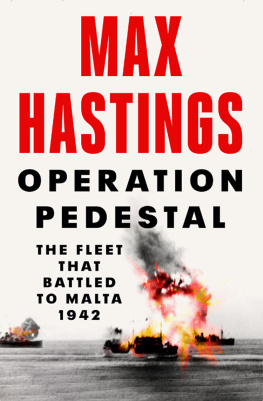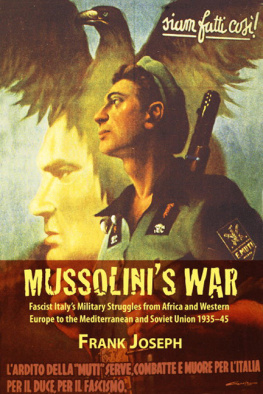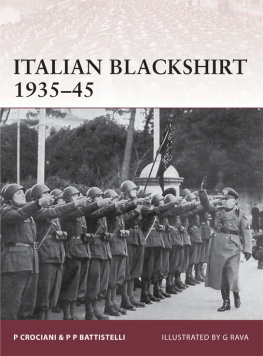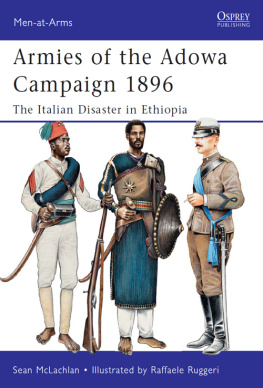Copyright 2014 by Jeff Pearce
Foreword 2014 by Richard Pankhurst
Excerpts from The Life of My Choice are reprinted by permission of HarperCollins Publishers Ltd.
1987 Wilfred Thesiger
All rights reserved. No part of this book may be reproduced in any manner without the express written consent of the publisher, except in the case of brief excerpts in critical reviews or articles. All inquiries should be addressed to Skyhorse Publishing, 307 West 36th Street, 11th Floor, New York, NY 10018.
Skyhorse Publishing books may be purchased in bulk at special discounts for sales promotion, corporate gifts, fund-raising, or educational purposes. Special editions can also be created to specifications. For details, contact the Special Sales Department, Skyhorse Publishing, 307 West 36th Street, 11th Floor, New York, NY 10018 or .
Skyhorse and Skyhorse Publishing are registered trademarks of Skyhorse Publishing, Inc., a Delaware corporation.
Visit our website at www.skyhorsepublishing.com.
10 9 8 7 6 5 4 3 2 1
Library of Congress Cataloging-in-Publication Data is available on file.
Cover design by Anthony Morais
Top cover photo: Courtesy private collection of Borre Winckel
Bottom cover photo credit: From Ethiopia Under Haile Selassie, Sandford, J. M. Dent & Sons (Orion Publishing Group), 1946.
Print ISBN: 978-1-62914-528-0
Ebook ISBN: 978-1-63220-096-9
Printed in the United States of America
CONTENTS
DEDICATION
There are some writers who are so good that you wish you knew them. I have never dedicated a book before to someone deceased, but in working on this project I came to deeply admire the brilliant prose, the scrappy courage, and the natural integrity of George Steer. So this book is, in part, respectfully dedicated to his memory.
It is also dedicated to the Ethiopian Patriots.
And its offered respectfully to the Ethiopian people, in the hope that I have done right by their history.
LIST OF ILLUSTRATIONS AND PHOTO CREDITS
Maps
Maps designed by Dennis Chan.
Photos
FOREWORD
Mussolinis unprovoked invasion of Ethiopia (then widely referred to by foreigners as Abyssinia), the only African member of the Geneva-based League of Nations; Fascist Italys use of poison gas in defiance of international convention; the duplicity of the League in banning the import by the aggressor of goods it could easily do without, while refusing to close the Suez Canal to the invaders; Emperor Haile Selassies journey from far-off Addis Ababa to Geneva by train, boat and plane, followed by his eloquent appeal to the conscience of the worldand to history, to remember its judgement...
These are memorable events of an earlier age: an age of duplicity, violence and aggression, which many of that time seem to have forgotten and later generations have never known. Many of the readers of my mother, Sylvia Pankhursts, pre-war pro-Ethiopian weekly newspaper, New Times and Ethiopia News , were among those who remembered.
Yet the story of those times is still alive in Ethiopia, as well as in Italy. In both countries voices of shock, sorrow, and remembrance have once again been heard.
Ethiopians and friends of Ethiopia learned in 2012 of a most alarming and extraordinary event. This was the erection in Italy of a monument to the notorious Italian Fascist commander, Rodolfo Graziani, at Affile, his birth place. He was one of two Fascist commanders in the Italian invasion of Ethiopia in 19356, the other being his rival and nominal superior, Pietro Badoglio. Both men ordered the use of poison gas in Ethiopia, but Graziani was also responsible for the shooting of Ethiopian prisoners-of-war in cold blood. He earned an even more terrible reputation for his policy of indiscriminate terror against the natives of both Ethiopia and Libya (which was also in its day under Italian military rule).
Many of us believe that events such as these are too important, and indeed too terrible, to be ignored or forgotten, let alone concealed. Humanity should learn from the crimes no less than the noble happenings of the past.
That is where Jeff Pearces writings on the Italo-Abyssinian War of 1935-1941 are invaluable, for they describe the workings of politicians and soldiers against the backdrop of international morality and justice.
Honoring Graziani, Mussolinis henchman, today is tantamount to honoring the Duce himself. Graziani gave his full support to Mussolinis infamous racial laws of 1938, and when the dictator was overthrown in Italy towards the end of the European war, Graziani became the Duces principal commander in the Fascist so-called Salo Republic. If we ignore the Graziani monument, the next thing may well be a statue to Hitler or Mussoliniand the next thing after that will be for people to seek to emulate these criminals handiwork.
It is with fears such as these that the articulate Ethiopian Diaspora community in London, Washington, New York, and elsewhere recently demonstrated, together with other victims of Italian Fascist and colonial rule. Rita, my wife, and I chose to demonstrate in front of the Italian Embassy in London, where we had twice earlier protested against the Italian Governments undue delay in returning to Ethiopia the ancient Aksum obelisk that Mussolini had taken to Rome in 1937and has since been duly repatriated.
Graziani was never tried for any of the many war crimes he committed in Ethiopiaor in Libya. After the war, in 1948, he was, however, sentenced in Italy to nineteen years imprisonment for crimes carried out in collaboration with the Germans against the Italian peoplebut he was speedily released.
The post-war case of Badoglio was no less amazing. After Mussolinis fall from power, Badoglio surrendered to the Allies. He persuaded them to retain him as Prime Minister as a way of preserving a right-wing government in post-war Italy. Since it was evident that he could not be both Prime Minister and be tried as a war criminal, the trials were judiciously abandonedand the British Ambassador in Rome was officially instructed to provide Badoglio protection against arrest by the new government. The result was that while many Germans and Japanese were prosecuted as war criminals, not one Italian was ever charged for any of the many war crimes known to have been committed in Ethiopia. The honoring of Graziani, the murderer of 193638, is thus the culmination of a series of events, the beginnings of which Jeff Pearce touches upon in this brilliant and unique study. There inter alia he formulates a revealing critique of the two European democracies, Britain and France, for denying help to Ethiopia in the mis-founded hope/belief that they could thereby alienate Mussolini from his principal ally and soul-mate, Hitler.
Richard Pankhurst
NOTE ON NAMES
The Amharic language presents a minefield of transliteration for the hapless Western writer stepping into Ethiopias history. Its compounded by the different ways that journalists and scholars spelled names and places in the 1930s. My one rule in struggling for consistency is to use what is most familiar to general readers and what would be best for reading flow. Hence: Haile Selassie, not Hayl Sallas. Djibouti is still more familiar than Jibuti.
For Ethiopians, a surname in most cases comes first. For example, the ras known as Seyum Mangasha was known as Ras Seyum. But the traitor, Haile Selassie Gugsa, is best known as Gugsa. There are cases where some prominent Ethiopians became known in the West by English versions of their name, so for example it will be easier for a reader to follow on second reference George Heruy rather than his proper name of Faqada Selassie Heruy. Similarly, purists might object, but I refer to Warqenah Eshate most often by the name that Britons knew him best: Charles Martin. But I dont want to take things too farin this book, its Emperor Tewodros not Emperor Theodore as hes been referred to by some historians.



